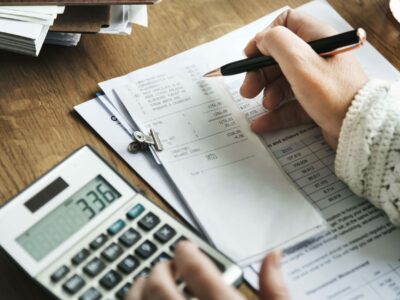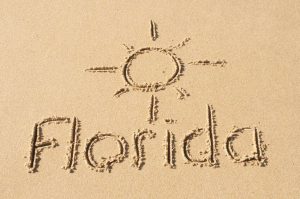
Editorial content from The Ascent is separate from The Motley Fool editorial content and is created by a different analyst team. Adam Hayes, Ph.D., CFA, is a financial writer with 15+ years Wall Street experience as a derivatives trader. Besides his extensive derivative trading expertise, Adam is an expert in economics and behavioral finance. Adam received his master’s in economics from The New School for Social Research and his Ph.D. from the University of Wisconsin-Madison in sociology. He is a CFA charterholder as well as holding FINRA Series 7, 55 & 63 licenses. He currently researches and teaches economic sociology and the social studies of finance at the Hebrew University in Jerusalem.
Some examples of the case are mobile phones, computer equipment, and other devices which utilize technology that rapidly and regularly changes. In simple terms, Book value is the cost you paid while purchasing the asset. Derek Miller is the CMO of Smack Apparel, the content guru at Great.com, the co-founder of Lofty Llama, and a marketing consultant for small businesses. He specializes in entrepreneurship, small business, and digital marketing, and his work has been featured in sites like Entrepreneur, GoDaddy, Score.org, and StartupCamp. When you calculate the DDB formula for the second year, you will use this adjusted book value.
What Is the Double-Declining Balance (DDB) Depreciation Method?
Because you are working with a smaller book value than you were the previous year, your DDB is less, as you can see below. Apply for financing, track your business cashflow, and more with a single lendio account. For example, let’s say that a company buys a delivery truck for $50,000 that is expected to last ten years and will have a salvage value of $5,000. Insights on business strategy and culture, right to your inbox.Part of the business.com network. Per guidance from management, the PP&E will have a useful life of 5 years and a salvage value of $4 million. We’re firm believers in the Golden Rule, which is why editorial opinions are ours alone and have not been previously reviewed, approved, or endorsed by included advertisers.
Tax depreciation 101 – Thomson Reuters Tax & Accounting
Tax depreciation 101.
Posted: Thu, 24 Aug 2023 07:00:00 GMT [source]
For accounting purposes, companies can use any of these methods, provided they align with the underlying usage of the assets. For tax purposes, only prescribed methods by the regional tax authority is allowed. By dividing the $4 million depreciation expense by the purchase cost, the implied depreciation rate is 18.0% per year.
Disadvantages of Double Declining Balance Depreciation
Simply put, the early years of an asset records lesser repairs expense but the depreciation expense will be higher. Whereas, the later years record a higher expense for repairs and the depreciation will double declining balance method be lower. Logical as this may sound, the companies then conclude with a lower net income in the initial years of the asset’s life, when compared to the calculation through the Straight-line method.

You get more cashback in tax benefits from the beginning, which can help balance the expense of purchasing a resource. In the case that you’ve applied for a line of credit or a loan, you could be paying off a bigger part of the loan in the earlier periods, consequently, decreasing the sum for every period you pay interest on. Assume that you’ve purchased a $100,000 asset that will be worth $10,000 at the end of its useful life. However, if the company chose to use the DDB depreciation method for the same asset, that percentage would increase to 20%. The company would deduct $9,000 in the first year, but only $7,200 in the second year.
How to increase the value of tax data collection
Of course, the pace at which the depreciation expense is recognized under accelerated depreciation methods declines over time. Double declining balance (DDB) depreciation is an accelerated depreciation method. DDB depreciates the asset value at twice the rate of straight line depreciation. Depreciation is an accounting process by https://www.bookstime.com/ which a company allocates an asset’s cost throughout its useful life. Firms depreciate assets on their financial statements and for tax purposes in order to better match an asset’s productivity in use to its costs of operation over time. On the balance sheet, as a contra account, will be the accumulated amortization account.

If the company was using the straight-line depreciation method, the annual depreciation recorded would remain fixed at $4 million each period. Suppose you purchase an asset for your business for $575,000 and you expect it to have a life of 10 years with a final salvage value of $5,000. You also want less than 200% of the straight-line depreciation (double-declining) at 150% or a factor of 1.5. Goodwill amortization is when the cost of the goodwill of the company is expensed over a specific period.
